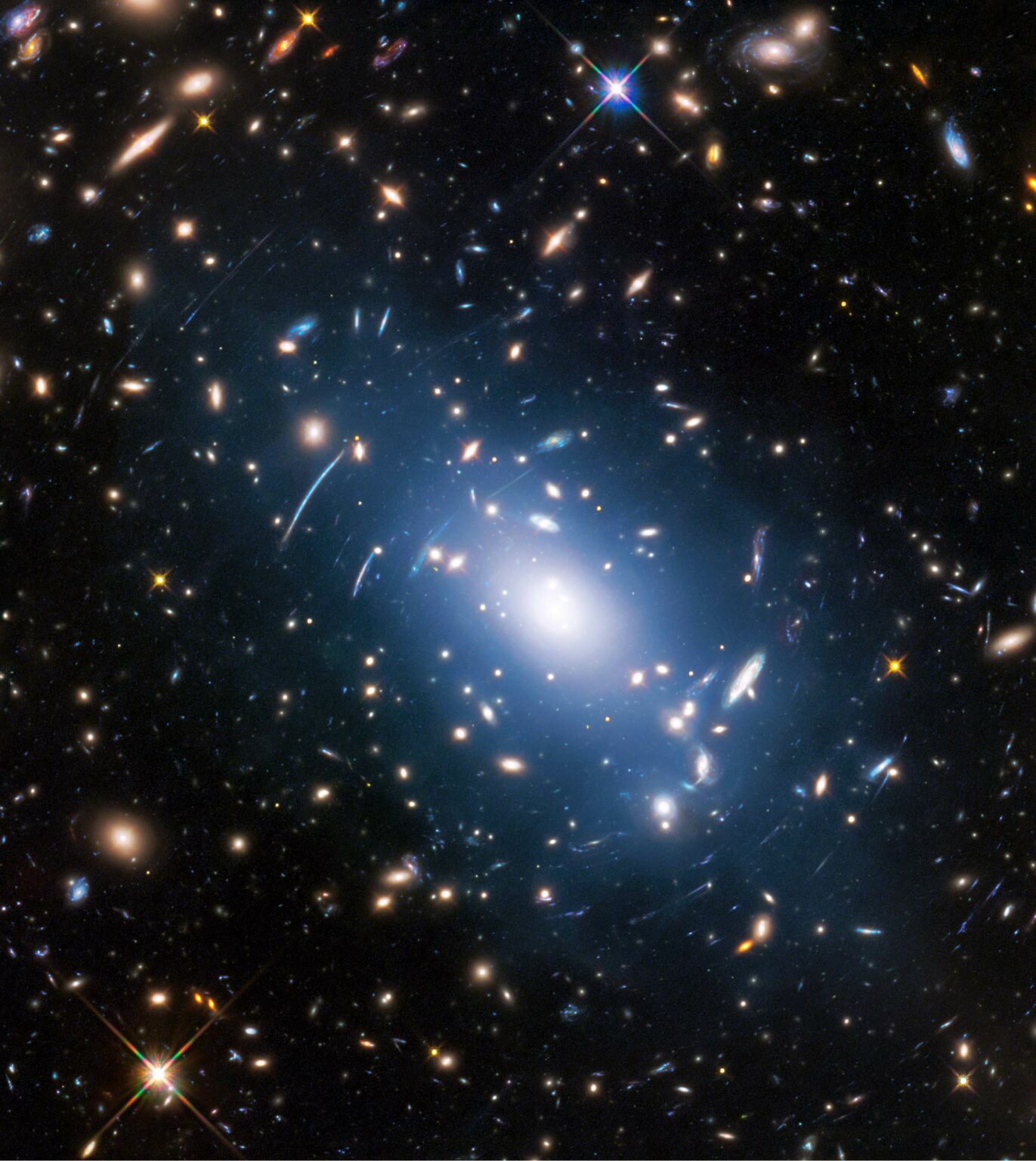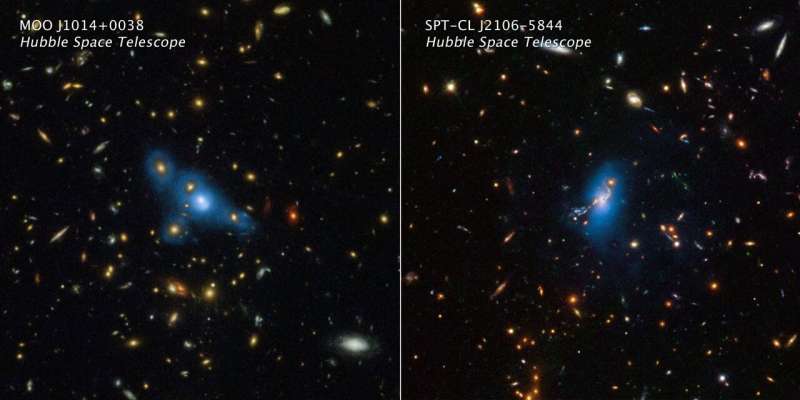Scientists have discovered that stars that are inside clusters, but located outside galaxies remain the same for billions of years. Intracluster light is generated by stars that may never have belonged to any galaxy.

Where does the intracluster light come from
Stellar and galactic clumps are called clusters. In the last, it is known about the existence of light arising between individual galaxies. It was first discovered by astronomer Fritz Zwicky in 1951. Then he observed it in the cluster Coma Berenices.
It is a relatively small cluster that contains only about 1,000 galaxies. It is located at a distance of 330 million light-years from us, that is, it is one of the closest to the Milky Way. Later, scientists discovered intracluster light in other star clusters and found out that its source was stars that did not belong to any galaxy, but were located between them.
However, it turns out to be difficult to study the intracluster light, because it is 10 thousand times dimmer than the night sky when observed from the Earth. Therefore, it can be done only with the help of space telescopes.
And the most important of the questions that have remained unresolved so far: were the stars that generate this glow once part of galaxies, or did they really form in isolation and have always existed separately from them.
Hubble Telescope Research
In order to solve this issue, researchers from Yonsei University in South Korea turned to the Hubble Space Telescope. With its help, they examined 10 clusters located at distances of up to 10 billion light-years in infrared light.

According to the results of the study, scientists practically ruled out the scenario according to which stars that were first born in galaxies and then were ejected from them as a result of any processes, such as mergers, were responsible for the intracluster light.
In clusters located at different distances from us, intracluster light of the same intensity is observed. This means that the number of stars outside the galaxies is the same and they are located uniformly everywhere. But since their ages are different, the evolution of some of them should go further than in others.
In addition, the age of the stars, which could be determined by the spectrum, is too small for them to have time to arise in galaxies and be ejected from them.
According to phys.org
Follow us on Twitter to get the most interesting space news in time
https://twitter.com/ust_magazine

